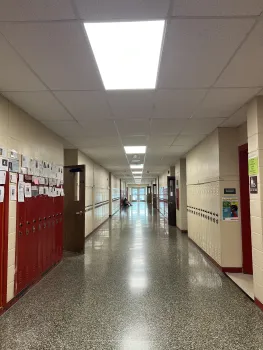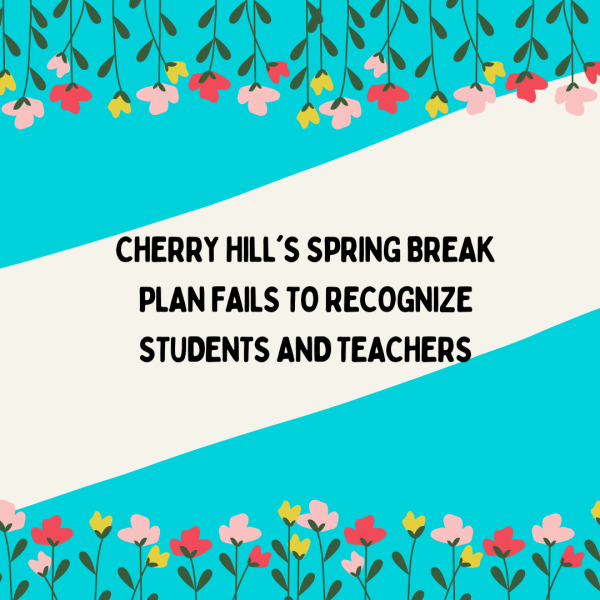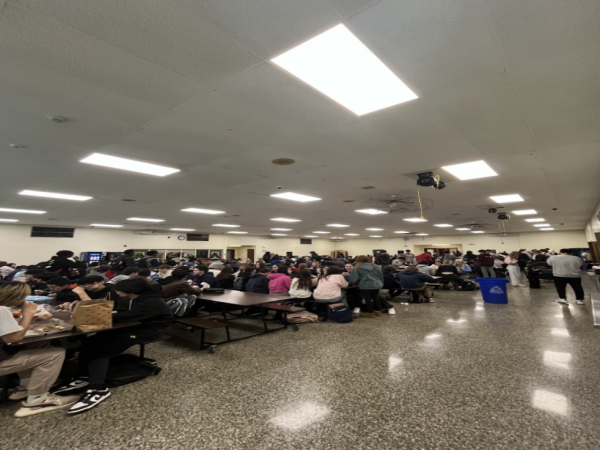Online learning keeps students safe, but it needs some changes.
Online learning needs some changes.
Do you get up, roll out of bed, and log onto your computer every morning? Chances are, this has been your morning routine for two months of high school online learning. Although we are guaranteed the necessary amount of sleep, there are a lot of flaws that I believe should be altered in this new normal. Here is what you can do to see how to help your kid learn from home.
Even though I am a freshman, I have an overall grasp of what most people’s morning routines were when everything was “normal.” You would stay up late doing homework, wake up early for the bus, get properly dressed, arrive at school, go to classes, stay after school for clubs and sports, go home, do homework, do more activities if necessary, stay up late doing more homework, and repeat the process. Now, we are either overworked or underworked, roll out of bed, stare at a computer screen for four hours a day, continue to stare at a screen for homework, go do activities if they are allowed during these times, stare at the screen some more for clubs, do some more homework (of course on a screen), and repeat the process.
Online learning is keeping everyone safe, regardless of the many disapproving messages from students across East. Some say it is draining, others want more breaks. But the point here is to keep our students, staff, and families safe during this pandemic.
We have to adapt to this new normal and fix any major or minor concerns to understand how to fully engage students. Crystal Yeh, the Freshman President of SGA stated: “As being President, I feel like it is within my power to make sure that all information is going out to the students and voice their opinion to higher ups.” Some things I would like to see changed during these times is the amount of screen time students get. I personally did a survey on my Instagram account, and asked everyone, “Around how many hours of screen time do you have per day (for school)?” The results of 50 East students responded with the same number of hours. The average was eight to ten hours, and according to guidelines by scientists, teenagers should only be receiving two hours of screen time a day. These eight hours do not include the amount of time we spend on our phones or computers for fun, which has nothing to do with school. Of course, we can try to control this number, but it is still shocking that one person can receive up to and around 12 hours of screen time a day. It could even be worse, but as teenagers, our minds are developing and we need as much time away from the screens as we can.
I enjoy the later start time at 9:30 in the morning and being able to eat at my leisure, but as stated before, I do not like the amount of screen time we are getting, and that we are using Google Meets for live sessions. Although it has many amazing features to help teachers take attendance, use grid view and use breakout rooms, while kids can “raise their hand” and react through emojis, it is very glitchy and kicks people out a lot of the time. Some of my teachers get kicked out of the Google Meet five times per class, and it disrupts the learning environment. In an interview with Crystal Yeh, she says, “Zoom is another video platform and is more user friendly compared to Google Meet, which we currently use. Less training would be needed for the teachers and less lag would be induced while using the platform. Many of the features found on Zoom have to be downloaded through extensions on Google Meet which ultimately lags the computers even more.” Google Meets also waste battery on certain computers, causing us to constantly charge our devices.
Now going back to the hybrid model, many people have worries that the school will not be able to maintain CDC guidelines. All in all, the online learning environment requires some changes, but it protects you in the long run.








